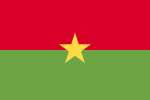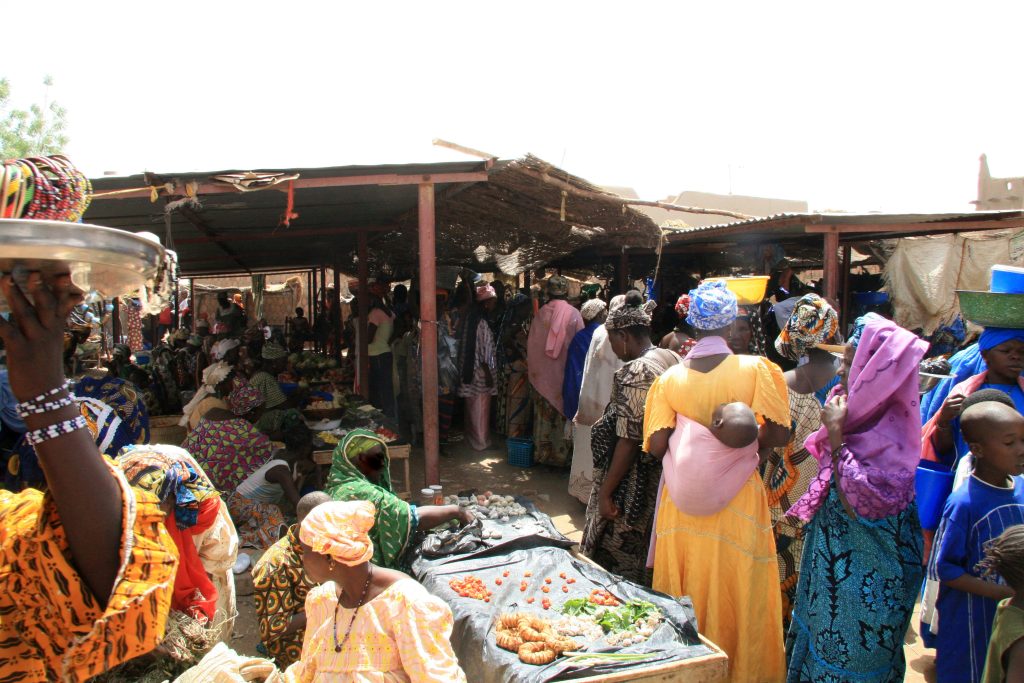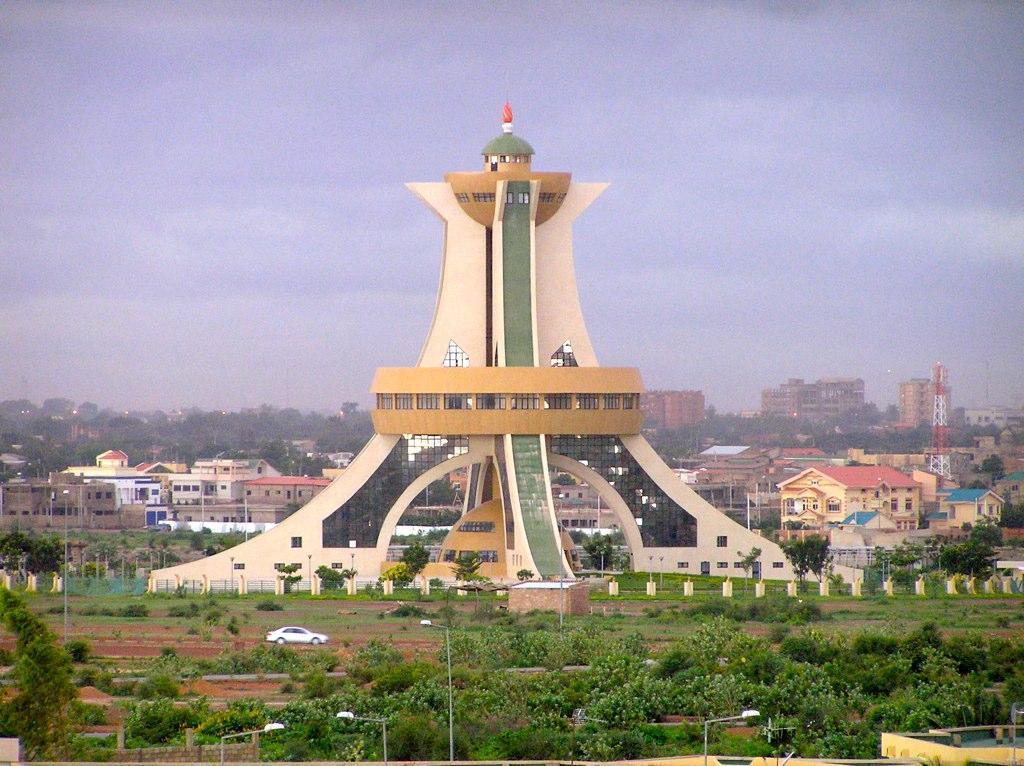Benin has one of the strongest economic growth rates in the WAEMU area with an estimated growth rate of +7.2 % in 2021, an increase of +3.4 percentage points compared to 2020. Despite the exogenous shocks linked to COVID-19 affecting some key sectors of the Beninese economy, the country has been able to count on the good performance of sub- sectors such as port activities, agricultural production, and tourism. Despite inflationary pressures in the countries of the Union, Benin was able to contain the rise in consumer prices with an inflation rate that stood at +1.7 % in 2021, the lowest rate in the WAEMU area. In addition, the economic outlook remains positive for Benin, thanks to the continuation of investments under the government’s action program, which should allow the country to achieve a growth rate of +5.7 % in 2022 and +6.2 % in 2023.
A resilient and dynamic economy…
Despite the continuation of the COVID-19 pandemic with the appearance of the Omicron variant, economic activity in 2021 was dynamic. The country's economy has benefited from the strong increase in port traffic linked to the opening of the borders with Nigeria as well as the availability of resources through international bond issues and Special Drawing Rights (SDRs) allocations from the International Monetary Fund (IMF). Benin’s economy benefited from the dynamism of tourism-related sectors and the improvement in cotton production during the season 2020-2021. In line with this dynamism, growth stood at +7.2 % in 2021 compared to +3.8 % a year earlier.
However, the effects of the war in Ukraine coupled with the slowdown of world economic activity are expected to reduce the pace of growth in 2022. According to forecasts, the Beninese economy is expected to grow by +5.7 % in 2022. In 2023, the growth of the Beninese economy is expected to reach +6.2 %.
… Still dominated by the tertiary sector
Like the economies of the other WAEMU member States, the Beninese economy is characterized by a predominance of the tertiary sector. With an average contribution of 47.87 % to Gross Domestic Product (GDP) over the period 2016-2021, the tertiary sector is ahead of the primary and secondary sectors with contributions of 15.75 % and 8.57 % respectively. Despite the slight decline in its contribution in 2021, the services sector experienced an increase in its value added of 6.6 % in 2021 compared to 4.9 % in 2020. This increase is attributable to the increase in port traffic in 2021, which was much more favorable than expected, and to the good performance of the trade and transport sectors. The tertiary sector has also benefited from the gradual lifting of restrictions imposed as part of the fight against COVID-19, promoting the growth of the hotel and restaurant subsectors, as well as the improvement of the added value of telecommunications.
The primary sector is expected to experience an increase in its value added of +5.2 % in 2021 against +1.8 % in 2020. The dynamic of this sector is attributable to the significant performance recorded by cotton production and ginning activities, which have enabled Benin to reach a record production and consolidate its position as the leading cotton producer in Africa. In addition, increased food production (cereals and tubers) and industrial and export crops such as pineapples and cashew nuts have contributed significantly to the good performance of the primary sector.
The secondary sector, the third largest contributor to Benin’s GDP, experienced a slight increase in its contribution to GDP between 2020 and 2021, from 16.3 % to 16.5 %. According to forecasts of the National Institute of Statistics and Demography (INSTAD), this share should continue to increase with expected values of 16.6 % and 16.7 % respectively in 2022 and 2023, particularly in connection with the beginning of the pipeline construction project between Niger and Benin.
An ambitious, participatory and inclusive National Development Plan
Aware of the need to strengthen the development planning system to achieve the Benin- 2025 Alafia Vision, the Sustainable Development Goals (SDGs) and the African Union (AU) Agenda, Benin has adopted a National Development Plan (NDP) for the period 2018-2025. The implementation of this plan should contribute to consolidate the achievements of the Government Program of Governance (2016-2021) while ensuring the continuity of development action from one government to another.
Organized around the major themes of human capital development and well-being of the population, productivity and competitiveness of the national economy, environment and climate change, the NDP was designed using a participatory and inclusive approach.
Thus, the strategic option chosen is to make agribusiness, tourism, and services the engine of inclusive and sustainable economic growth within the framework of more effective national and local governance, while focusing on the development of human capital and infrastructure. This should enable Benin to achieve satisfactory results at the end of the
implementation of the NDP, including:
- An economic growth rate of 10.2 % in 2025, compared to 5.7 % in 2017;
- An investment rate that would increase from 26.4 % in 2018 to 33.2 % for the period 2022-2025;
- A precarious employment rate that would be less than 60 % in 2025, compared to 83.7 % in 2015;A reduction in the incidence of poverty to 23.2 % in 2025 compared to 40.1 % in 2015.
For a more complete view of Benin’s economy and investment outlook, download the country’s information note available here.
Source: Benin Information Note / UMOA-Titres – November 2022.












